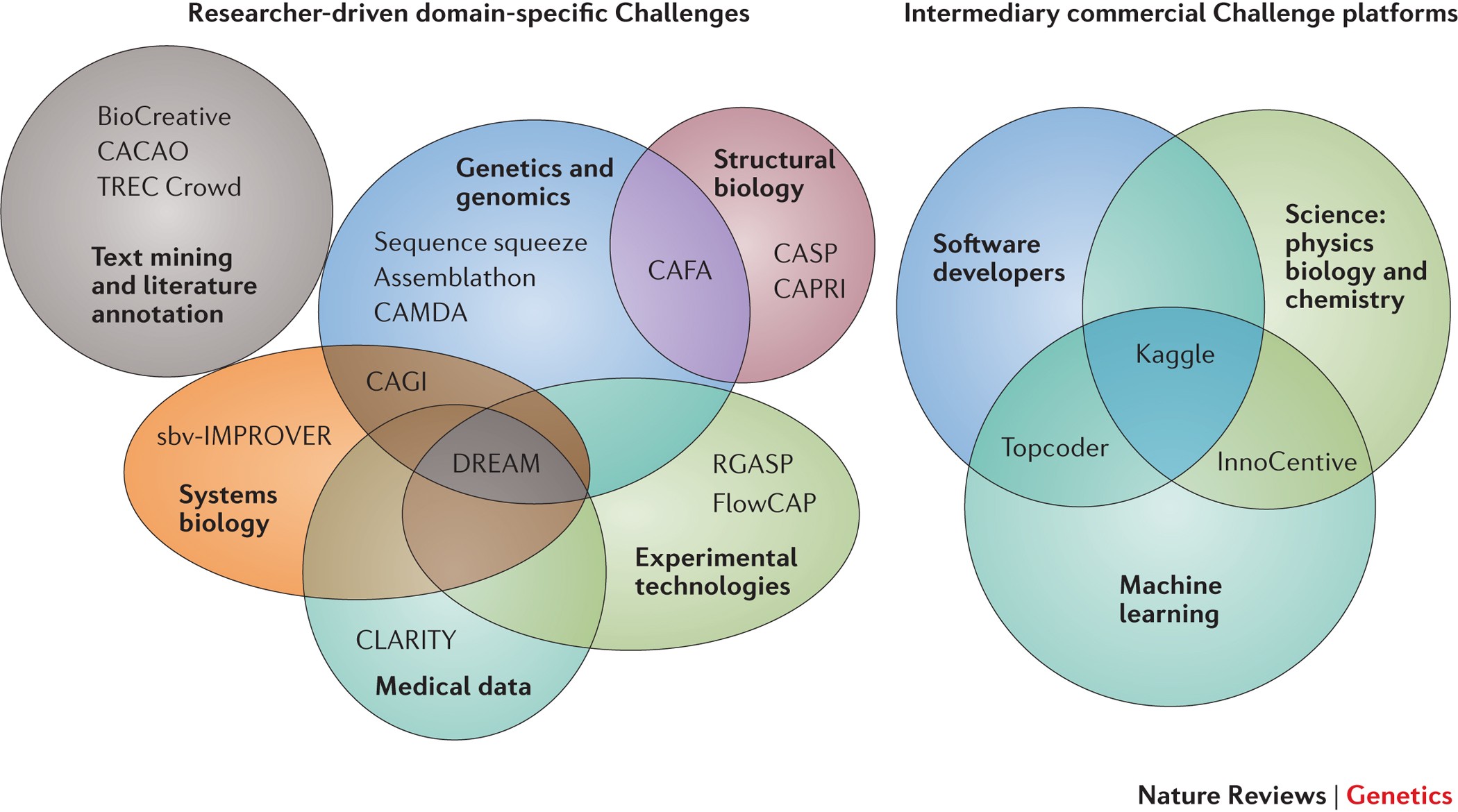
/cdn.vox-cdn.com/uploads/chorus_image/image/63698715/pulsepoint-activationmap.0.1484680980.0.png)

Regulatory Ecosystem, 168 Journal of Statistical Physics 1125 (2017) ĭaniel Martin Katz, Michael Bommarito & Josh Blackman, A General Approach for Predicting the Behavior of the Supreme Court of the United States, PLoS ONE 12(4): e0174698 (2017) Michael Bommarito & Daniel Martin Katz, Measuring and Modeling the U.S. Ruhl & Daniel Martin Katz, Mapping Law’s Complexity with ‘Legal Maps’ in Complexity Theory and Law: Mapping an Emergent Jurisprudence (Taylor & Francis) (2018) Ruhl & Daniel Martin Katz, Harnessing the Complexity of Legal Systems for Governing Global Challenges in Global Challenges, Governance, and Complexity (Edward Elgar) (2019) Ruhl & Daniel Martin Katz, Mapping the Law with Artificial Intelligence in Law of Artificial Intelligence and Smart Machines (ABA Press) (2019)
Crowdsourcing human brain mapping software#
Michael Bommarito, Daniel Martin Katz & Eric Detterman, OpenEDGAR: Open Source Software for SEC EDGAR Analysis, MIT Computational Law Report (2020) Bommarito II, Paul Ginsparg, Sensitivity of Collective Outcomes Identifies Pivotal Components, 17 Journal of the Royal Society Interface 167 (2020) Michael Bommarito, Daniel Martin Katz & Eric Detterman, LexNLP: Natural Language Processing and Information Extraction For Legal and Regulatory Texts in Research Handbook on Big Data Law (Edward Elgar Press) (Roland Vogl, ed.) (2021) ĭaniel Martin Katz, Corinna Coupette, Janis Beckedorf & Dirk Hartung, Complex Societies and the Growth of the Law, 10 Scientific Reports 18737 (2020) Įdward D. 658463 (2021) ĭaniel Martin Katz, Legal Innovation (Book Forward) in Mapping Legal Innovation: Trends and Perspectives (Springer) (Antoine Masson & Gavin Robinson, eds.) (2021) We also develop a general statistical framework for the identification of modular architectures in evolving systems, which is broadly applicable to disciplines where network adaptability is crucial to the understanding of system performance.” Tagged artificial intelligence complex systems learning network analysis neuroscience Uncategorizedĭaniel Martin Katz, Ron Dolin & Michael Bommarito, Legal Informatics, Cambridge University Press (2021) (Edited Volume) Ĭorinna Coupette, Janis Beckedorf, Dirk Hartung, Michael Bommarito, & Daniel Martin Katz, Measuring Law Over Time: A Network Analytical Framework with an Application to Statutes and Regulations in the United States and Germany, 9 Front. Our results indicate that flexibility, which we measure by the allegiance of nodes to modules, in one experimental session predicts the relative amount of learning in a future session. Using functional connectivity measurements of brain activity acquired from initial training through mastery of a simple motor skill, we investigate the role of modularity in human learning by identifying dynamic changes of modular organization spanning multiple temporal scales. Such selective adaptability is naturally provided by modular structure, which plays a critical role in evolution, development, and optimal network function.

These two attributes-flexibility and selection-must operate over multiple temporal scales as performance of a skill changes from being slow and challenging to being fast and automatic. Abstract: “Human learning is a complex phenomenon requiring flexibility to adapt existing brain function and precision in selecting new neurophysiological activities to drive desired behavior.


 0 kommentar(er)
0 kommentar(er)
